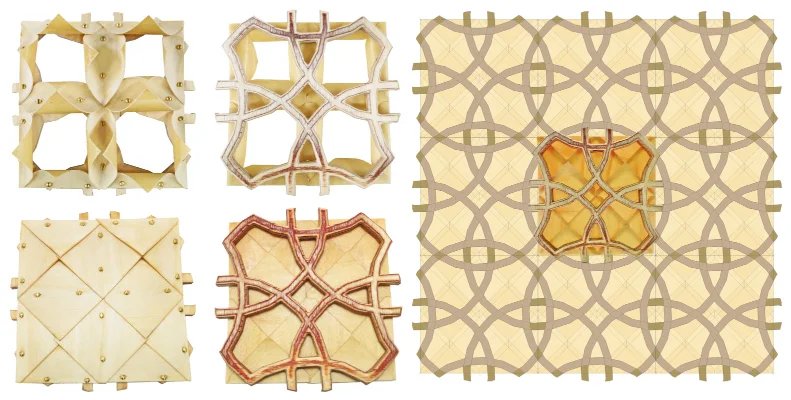In construction, we often think we need high-tech solutions like fancy sensors and artificial intelligence to be sustainable. But what if the building materials themselves could do the heavy lifting? Imagine materials that change with the humidity to make buildings more comfortable—no electricity needed! This is where hygromorphic materials come in. They can change their shape or size based on the moisture in the air. Things like wood, certain proteins, and even pollen grains are all natural examples of this.
Professor Ben Bridgens from Newcastle University is leading the charge with the Hub for Biotechnology in the Built Environment. His goal? To create buildings that not only fit into the natural world, but actually grow from living materials. This could mean a huge step away from traditional building methods that are often harsh on the environment.
Professor Bridgens was inspired by a design concept where wood layers adjust to humidity, allowing building facades to open or close naturally. This approach moves away from relying on complex technology for sustainable design. Hygromorphic materials offer a simple yet effective way to reduce energy use and maintenance costs while keeping buildings responsive to the environment.
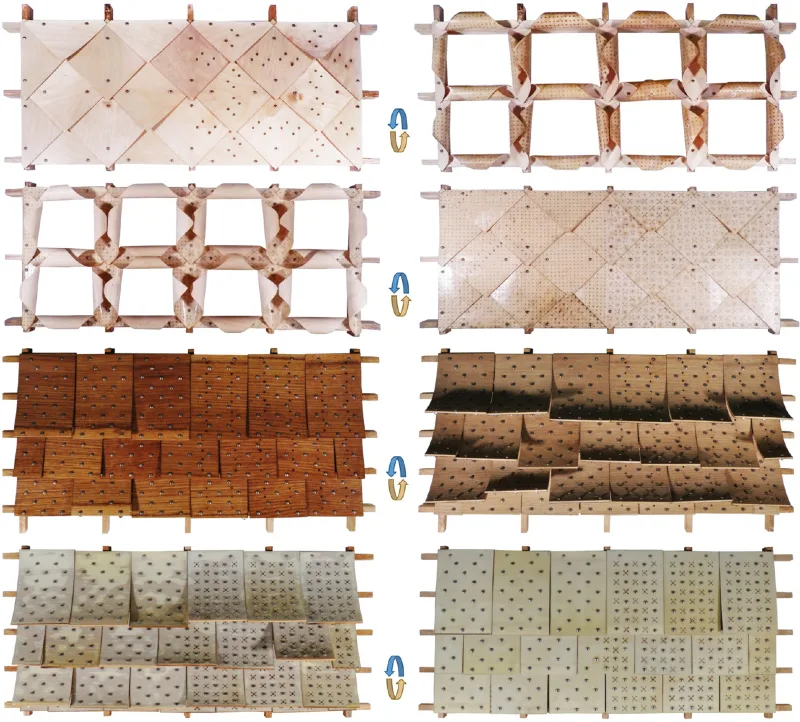
However, making these materials work effectively is a big challenge. Bridgens and his team are working on two major projects. The first, called RESPIRE (Passive, Responsive, Variable Porosity Building Skins), looks at using bio-based materials for building skins that breathe and adapt on their own. The second explores how bacterial spores could be used as ultra-responsive elements in building facades.
Both projects aim to tackle how these materials can help control a building’s internal temperature, even though this doesn’t always directly relate to humidity levels. For example, they found that in New Delhi, humidity and temperature often match up, making these materials more effective.
Overall, these innovative materials could transform the future of building, making our spaces more in tune with nature and less dependent on energy-consuming technology.
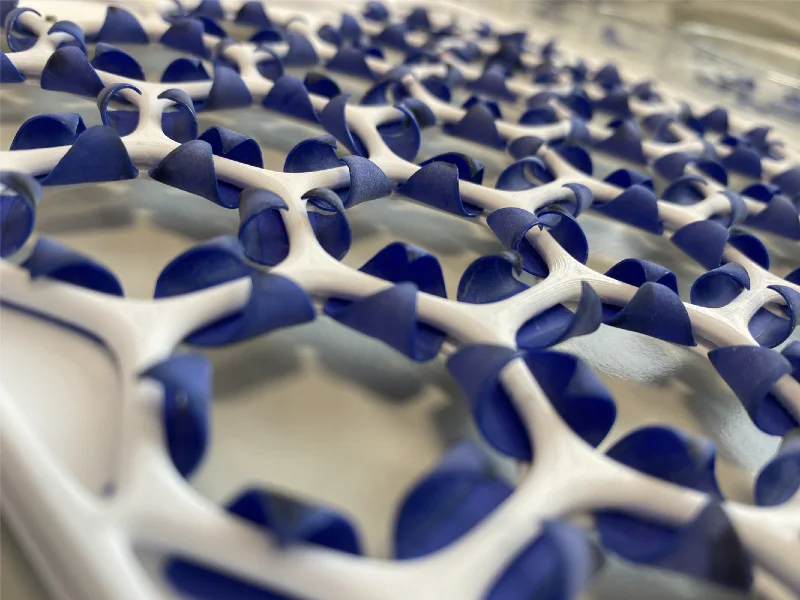
To make building facades that automatically adjust to humidity, we need to “program” materials to react at specific humidity levels. Professor Ben Bridgens explains, “For example, we might need a material which is curved at 40% relative humidity and flat at 70% relative humidity.” His team has devised methods to create wood veneer and bacterial spore hygromorphs that behave just like this by tweaking how they’re made.
One big challenge is how quickly these materials react. “Bacterial spores have the fastest response times, and can respond in a few minutes,” says Ben. “Wood-based hygromorphs can be designed with response times from minutes to weeks, depending on the wood’s thickness and the bilayer construction.” This versatility allows façades to respond to everything from sudden weather changes to seasonal variations.
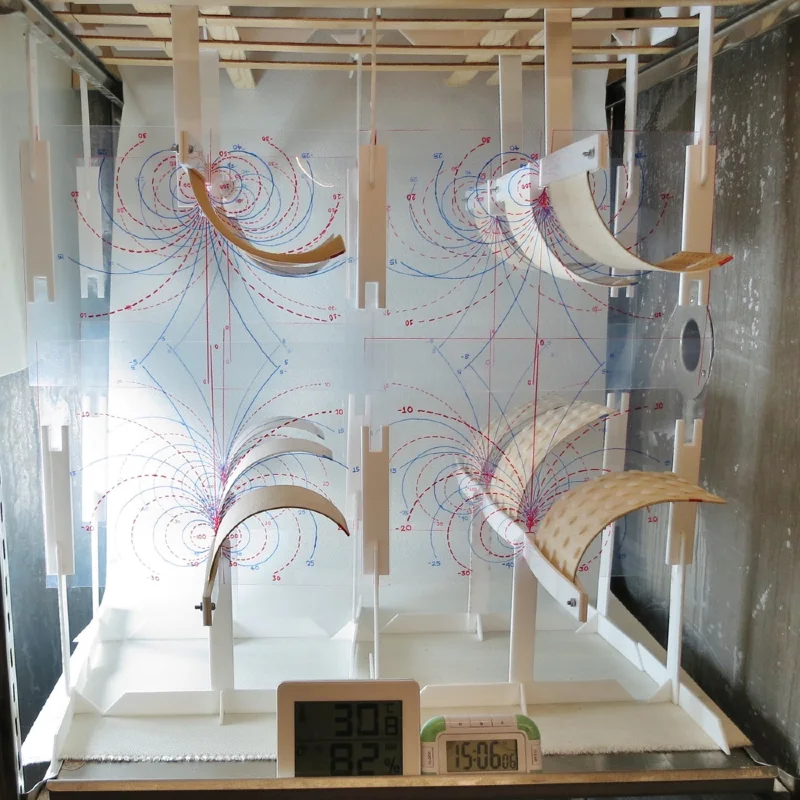
Durability is also crucial. Materials must last for years without much upkeep. “We’ve tested wood veneer hygromorphs externally for over 2 years and found very good durability,” Ben shares, noting this success came from extensive testing of materials, adhesives, and methods. He suggests that robust wood-based systems could be installed outside, while more delicate setups might be shielded within a building’s double skin to protect against the elements.
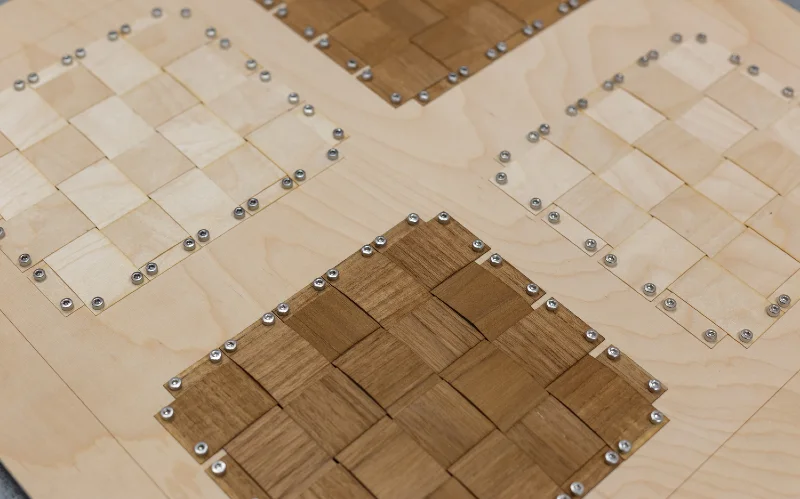

Such innovations could update existing buildings using local resources, crucial for sustainable development worldwide.
More To Discover
- Keurig Introduces Compostable Coffee Pucks To Fix The K-Cup Waste Problem They Started
- Solving Island Energy By Going To The Past: 140-Year-Old Technology Offers New Hope for Clean, Unlimited Power
- Mark Zuckerberg Criticized for Luxury Cattle Ranch (Cows Enjoy Macadamia Nuts and Beer) in Hawaii, Raising Environmental and Social Concerns
- Discovering Bumble Bees’ Dietary Preferences: Insights for Pollinator Conservation
“Our work aims to create ‘living buildings’ that are not just sustainable but are also sustained by life,” Ben adds. By employing living materials, these structures can process their waste, reducing pollution and energy use while creating valuable products.
Using hygromorphic materials in building façades could greatly advance sustainable architecture. Inspired by natural processes, these materials offer a new way to build—more attuned to nature and responsive to environmental changes. As research and technology progress, the concept of living buildings might soon become a reality, marking a new era of environmentally conscious construction.







